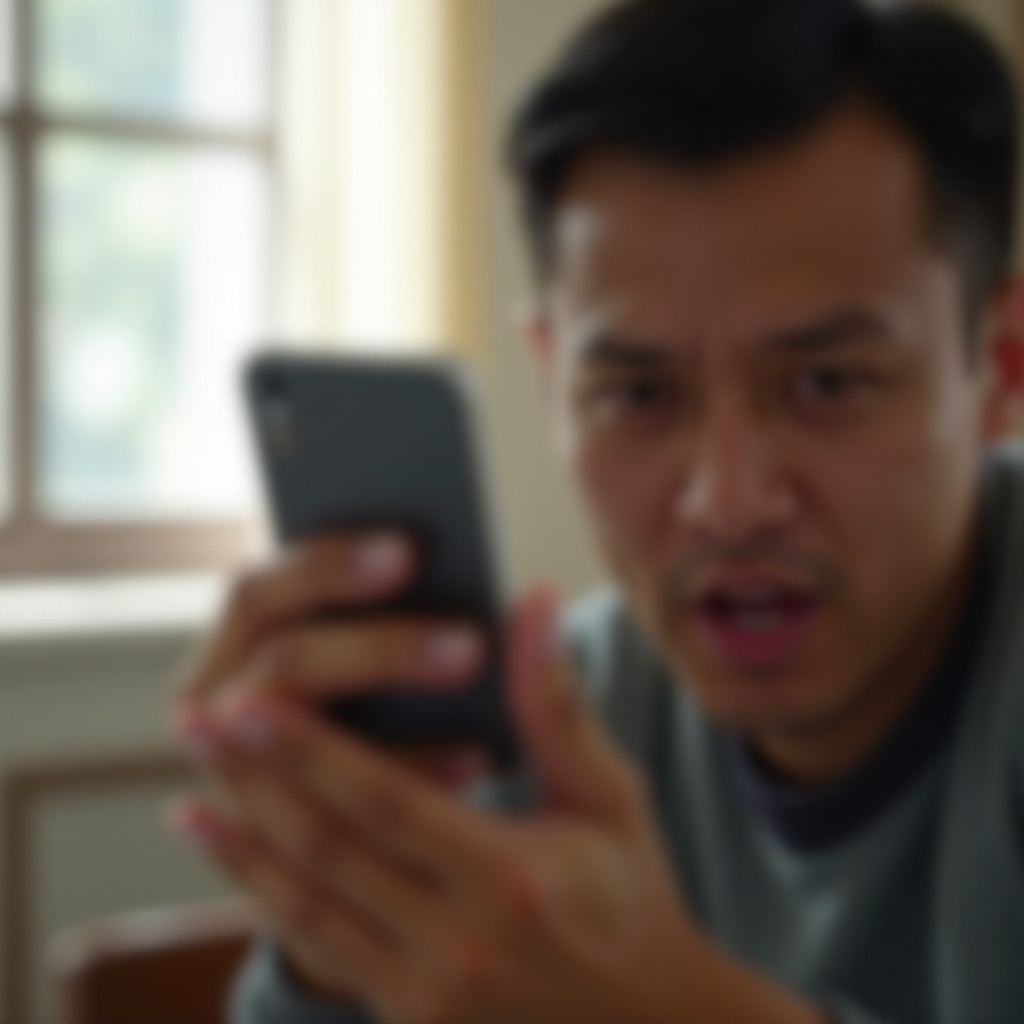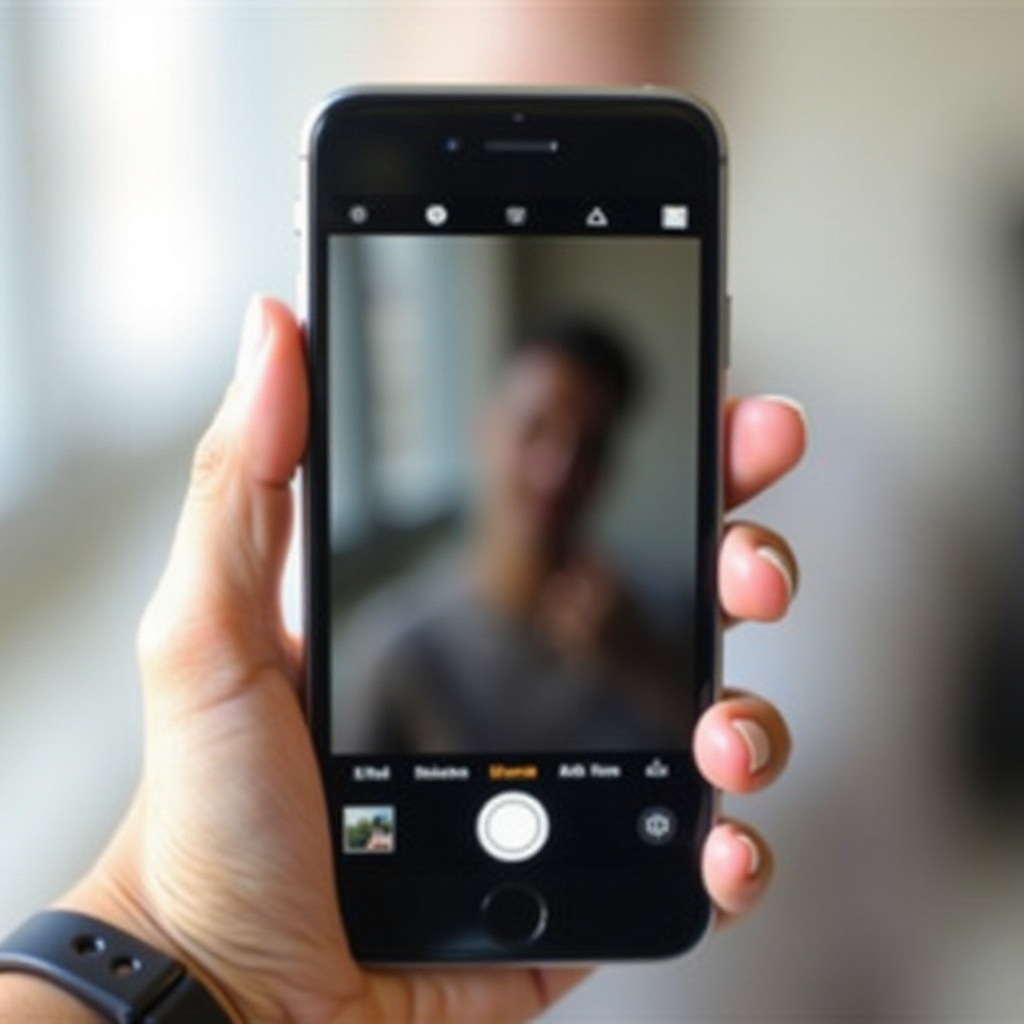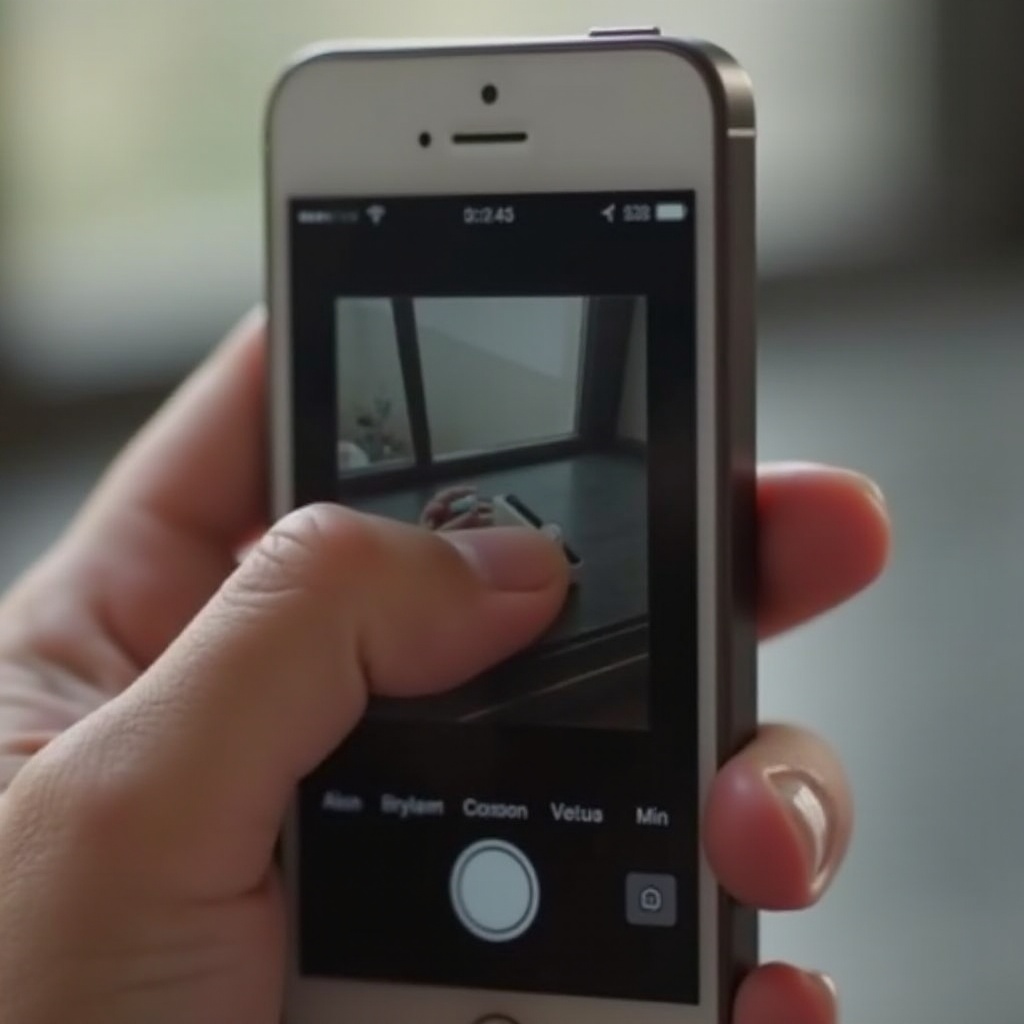Why is My iPhone Camera Not Focusing?
Introduction
It’s incredibly frustrating when you’re ready to capture a stunning moment only to find your iPhone camera is not focusing. Your iPhone’s camera is designed to be a reliable tool, but when it malfunctions, it can create significant inconvenience. This blog will guide you through the various reasons why this issue may occur and provide you with practical steps to resolve it. By the end of this article, you’ll have a thorough understanding of both simple and advanced troubleshooting techniques for your iPhone camera focusing problems.

Common Causes for iPhone Camera Not Focusing
Your iPhone camera’s inability to focus can stem from various sources. Let’s break those down into three main categories:
Hardware Problems
Hardware issues can play a significant role. A damaged lens or internal components misaligned could lead to focusing challenges. It’s also possible that physical obstructions or dirt are the culprits.
Software Glitches
Sometimes, the issue isn’t physical but digital. Software bugs or corrupted files can affect the camera’s performance, making it unable to focus correctly. Outdated versions of iOS or apps can also contribute to this problem.
Environmental Factors
External conditions can interfere with your camera’s focus capabilities. Low light, extreme temperatures, or reflective surfaces can pose difficulties for your iPhone camera to lock onto the subject properly.
Basic Troubleshooting Steps
Before diving into more complex solutions, try these basic troubleshooting steps to see if they resolve your iPhone camera focusing issue.
Cleaning the Lens
A dirty lens is a common culprit. Use a microfiber cloth to gently clean the camera lens and remove any fingerprints, dust, or smudges that might be hindering the focus.
Restarting Your iPhone
A simple restart can sometimes clear minor glitches. Hold down the power button, slide to power off, and then power your device back on.
Ensuring the Lens is Not Obstructed
Ensure that nothing is blocking the camera lens. Remove any cases or accessories that might be obstructing the view. Additionally, ensure there isn’t any debris around the lens edges.

Advanced Software Fixes
If basic troubleshooting steps didn’t help, it’s time to delve into some advanced software fixes.
Updating iOS
Keeping your iOS updated is crucial. Navigate to Settings > General > Software Update. If an update is available, download and install it to potentially resolve compatibility or glitch issues.
Resetting Camera Settings
Sometimes resetting the camera settings can resolve the problem. Go to Settings > General > Reset > Reset All Settings. Note that this will not delete your data, but it will reset your customized settings.
Restoring With Backup
If the previous steps didn’t work, performing a full restore might help. Connect your iPhone to a computer, open iTunes, and choose the ‘Restore Backup’ option. Be sure to back up your data before proceeding.
Hardware Troubleshooting
If software fixes don’t resolve the focusing issue, hardware troubleshooting steps are the next course of action.
Inspecting for Lens Damage
Take a close look at the camera lens for any visible cracks or damages. If you spot anything unusual, it’s likely the lens is affecting the focus.
Testing Camera with Different Apps
Use different camera-related apps to check if the focus issue persists. If the problem is consistent across multiple apps, it could indicate a hardware malfunction.
Using iTunes for DFU Mode Restore
DFU (Device Firmware Update) mode is a more in-depth restore mode. Connect your iPhone to a computer, open iTunes, and follow the DFU mode instructions. This process will reinstall the firmware and iOS from scratch.
Pro Tips for Better Focus
Even when your camera is functioning correctly, these tips can help you achieve better focus:
Using Manual Focus Lock
Tap and hold on the screen until the AE/AF lock appears. This action sets a fixed focus point and can significantly improve image sharpness.
Utilizing Third-Party Camera Apps
There are numerous third-party camera apps available that offer advanced controls and better focusing features compared to the default camera app.
Stabilizing Your Phone
Ensure your iPhone is stable while capturing photos. Use tripods or appropriate support to prevent blurriness caused by camera shake.

When to Seek Professional Help
If none of these troubleshooting steps work, it might be time to consult a professional for help.
Identifying Unresolvable Issues
Understanding when an issue is beyond your troubleshooting capabilities is crucial. Persistent or severe focus issues may warrant professional attention.
Contacting Apple Support
Apple Support can be an invaluable resource. They can guide you through advanced troubleshooting steps or advise on repair options.
Exploring Warranty and Repair Options
If your iPhone is still under warranty, you might be eligible for a free repair or replacement. Even if it’s not, Apple offers repair services that can resolve hardware issues.
Conclusion
Addressing iPhone camera focusing issues requires a blend of basic and advanced troubleshooting steps. Whether the cause is hardware, software, or environmental, following these structured steps can help restore your camera’s functionality. When in doubt, professional assistance from Apple Support ensures peace of mind and a reliable fix.
Frequently Asked Questions
Why does my iPhone camera keep going out of focus?
Frequent loss of focus can be due to dirty lenses, software glitches, or hardware malfunctions. Regularly clean your lens and keep your iPhone updated to avoid these issues.
Can a software update fix focusing issues with my iPhone camera?
Yes, software updates can resolve focusing issues caused by buggy software or outdated iOS versions.
How can I test if the camera issue is hardware-related?
Try using the camera with different apps and check for consistent focusing problems. Inspect the lens for damage, and if unsure, consult with Apple Support to perform a diagnostic test.
